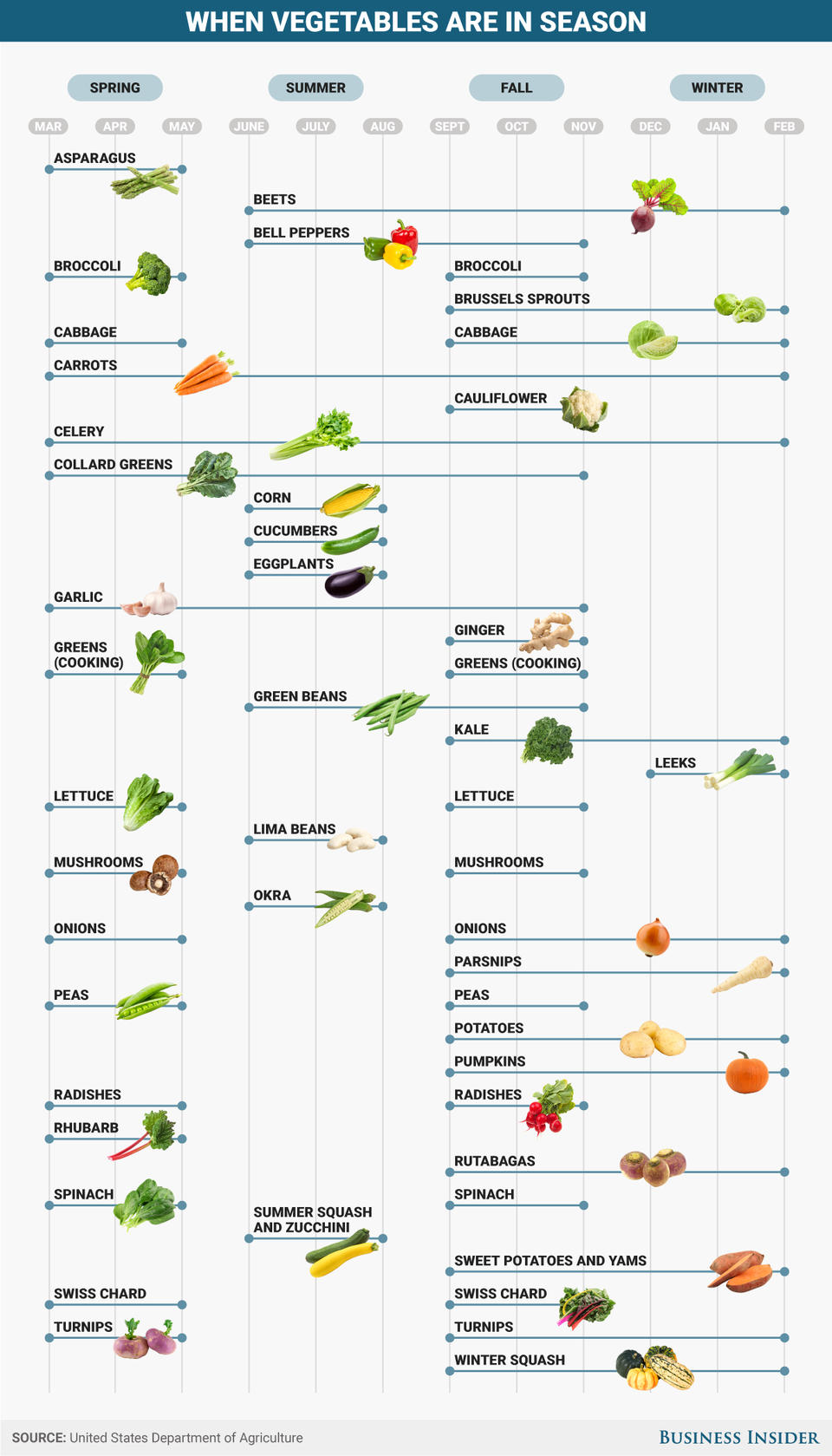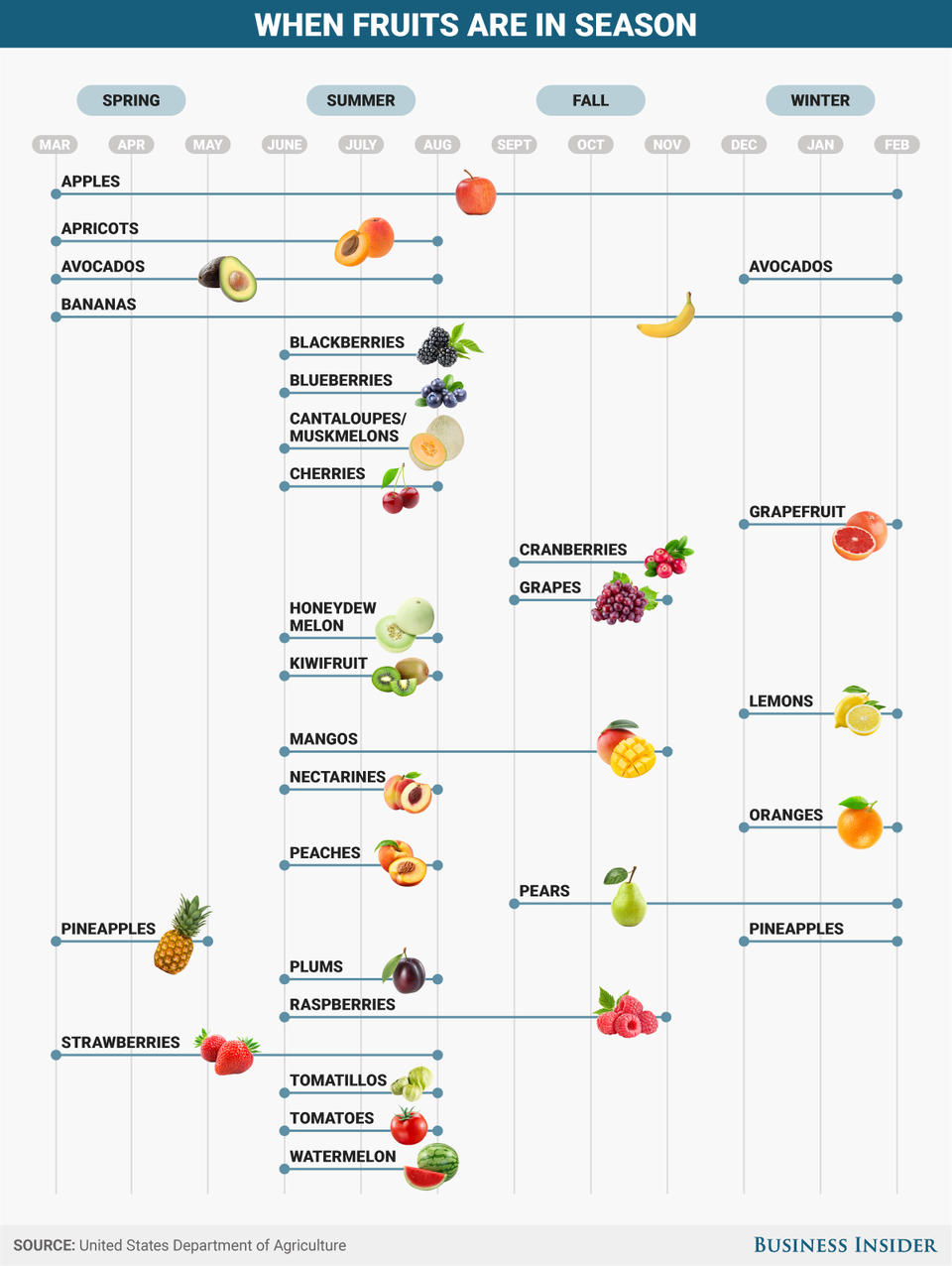Like any diet, being plant-based can be as affordable or as expensive as you like.
Factors that can weigh more on your wallet include:
- not planning your grocery shopping ahead of time (which often leads to multiple grocery trips per week)
- frequently eating out at restaurants
- buying expensive “superfoods,” nuts, vegan substitute food products, and gourmet or exotic foods
- buying everything organic
If you avoid overdoing any of the above, you’re moving a big step in the right direction.
See also: How to Eat a Plant-Based Diet on a Budget: The Ultimate Guide
Something To Think About
There are plant-based and vegan diet advocates who highlight how cheap the diet can be, if you live on a few basic staples, such as rice, corn, white potatoes, beans, refined flour products, and basic produce items like tomatoes, carrot, cucumber and lettuce.
And while that’s true, a limited diet based on grains, certain starches and beans, isn’t something we recommend for a long-term diet as it can be inadequate for keeping you healthy.
Love, relationship, passions, the perfect career, productive wealth, ethics and morals, these are all great things. But your health is your most important asset—without which you eventually won’t be able to function or enjoy these aspects of life.
What we’re saying is, don’t skimp on your diet if you can afford spending a little more to ensure you’re getting adequate nutrition.
Yet, there are plenty of other ways to reduce food cost, and we’ll cover some here.
Tips for Eating Plant-Based on a Budget

Plan up to a Week of Meals in Advance
Meal planning is one of the best ways to organize your food budget, stick to healthier food choices, and limit grocery store trips, saving you time.
It’s almost essential to commit to meal planning if you have a family to feed.
While you can plan a whole week ahead, you don’t have to—as it can be difficult to know if you’ll even have time for preparing food on day 5, 6, 7, etc. Unexpected things can always turn up.
Sticking to 3-day intervals is often easier, especially at the start of your new diet and meal planning journey.
Organic, To Buy or Not to Buy?
Buying everything organic is tough on the wallet.
A simple approach to this, is to prioritize which foods to buy organic and which foods need not be organic.
The Environmental Working Group’s annual roundup of the cleanest and “dirtiest” produce items, is a great reference for produce isle shopping.
Basically, the produce items with the highest pesticide residues (“dirty dozen”) are the ones you should get organic.
The cleanest produce items (“clean fifteen”), and foods with thick peels that’ll be removed before use, you can buy non-organic.
An alternative approach for foods not featured in any of EWG’s roundups, is to buy only your most used fruits and veggies organic.
If you have access to a local farmers market, or can buy directly from a farmer, you can often get good deals on produce that’s technically organic but just lacks the USDA Organic Seal certification.
Buy Groceries in Bulk
Bulk grocery shopping, done strategically, can be a great way to reduce your monthly food bill and waste footprint, as well as save time.
Buying in bulk usually means making large up-front purchases from grocery store bulk isles or bulk food warehouses at a discounted price, which saves you money in the long run compared to buying small units or low volume of the same food item.
If the up-front cost is too steep, you can look for—or even start—a local bulk food buying group or club to split costs with others.
This way, you can band together with family, friends, neighbors or anyone else in your local community to locate wholesalers and organize purchases of various commodities, including:
- beans
- grain products
- lentils
- nuts
- seeds
- fresh produce
Usually, the more you buy of a certain commodity, the greater the discount you’ll receive.
If you have sufficient space and affordability, bulk food purchasing is a good addition to an overall meal planning strategy so you only buy what you need and will use.
Buy Food Items in Season
Buying produce that’s in season gives you the most bang for your money.
It allows you to incorporate the freshest foods with higher nutritional value into your diet, support local farmers and businesses, and reduce your environmental footprint.
Vegetables in Season

Fruits in Season

While we tend to eat a handful of the same things every day, variety is important.
Before technology enabled us to package, preserve and ship foods thousands of miles in every direction, we relied on what was available to us, locally, from season to season. In past years, variety, freshness and peak nutrient content was essentially built-in.
Buy Frozen Produce
Chances are, you already know there’s often money to be saved when buying frozen instead of fresh produce, so scanning the frozen section can prove worthwhile!
And sometimes, frozen fruits and vegetables are also a better option, especially when the choice is between frozen or out-of-season produce and produce that’s slowly withering away in the isles, losing valuable nutrients.
Get into Batch Cooking
Meal planning and batch cooking go hand-in-hand.
Once you’ve got your meals planned out by 3 to 7 days, you can buy all the ingredients and batch cook meals to cover several days.
For example, you could cook 4 days worth of lunches and dinners in one go. Some people even go as far as preparing lunch and dinner for an entire week.
Typically, you’ll set aside a few hours to batch cook on your day off, which for many people, is a Sunday.
In 3-4 hours, you’ll have prepared the base ingredients for most or every lunch and dinner meal you and your family will have until the following Sunday.
Once the food is cooked, you’ll refrigerate some of it and freeze the rest until needed.
Great food items for batch cooking include:
- Legumes (e.g. beans, lentils)
- Pseudocereals (e.g. amaranth, buckwheat, millet, quinoa)
- Sweet potato
- Wild rice